Discover 11 hidden attractions, cool sights, and unusual things to do in Horsens (Denmark). Don't miss out on these must-see attractions: FÆNGSLET, Bygholm Castle, and Horsens Museum. Also, be sure to include Horsens Kunstmuseum in your itinerary.
Below, you can find the list of the most amazing places you should visit in Horsens (Midtjylland).
Table of Contents
FÆNGSLET
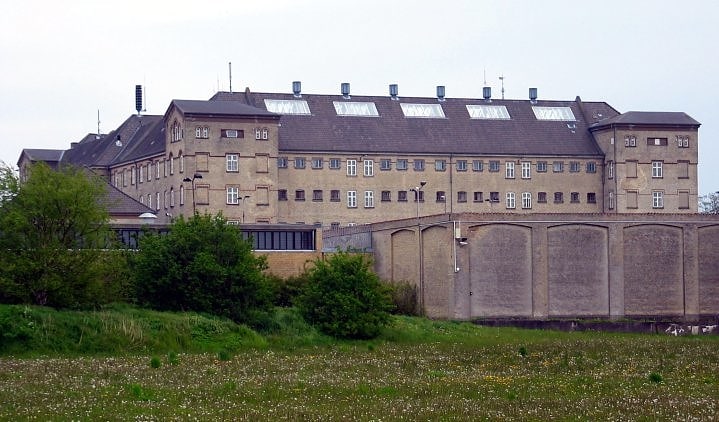
Also known as: Horsens Statsfængsel
Museum in Horsens, Kingdom of Denmark. Horsens Statsfængsel, formerly called Horsens Straffeanstalt, is a former prison in Horsens, Denmark. Today it is a crime and prison museum under the name Horsens Prison Museum, a conference and business facility, and a concert venue where bands such as Metallica have played. Following expansions in 2016, it is the largest prison museum in the world. It won the 2015 InAVation award as best visitors attraction and the 2016 Museums + Heritage award as best foreign museum.
The prison was commissioned in 1853 and was closed in 2006 when the last remaining inmates were moved to the State Prison of East Jutland at Enner Mark, west of Horsens. When built, the prison was intended for prisoners serving long prison sentences. The prisoners spend the nights in their cells, during the day prisoners worked in the prison's "workshops" and during the evenings, they moved freely in the wards.
Among the famous prisoners were Carl August Lorentzen (1896-1958) who escaped in 1949 through a 20 m (66 ft) tunnel he initially dug with a spoon, politician Peter Adler Alberti who gained notoriety due to an embezzlement scandal in 1908, Jens Nielsen (1884-1892) who was executed in 1892 (the last person to be executed in Danish peacetime), and German Nazi Werner Best who was the administrator of Denmark during the World War II occupation. Artifacts relating to Lorentzen's escape, Alberti's and Best's imprisonments, and the axe used in Nielsen's execution are among the items at the museum.[1]
Address: Fussingsvej 8, 8700 Horsens
Bygholm Castle
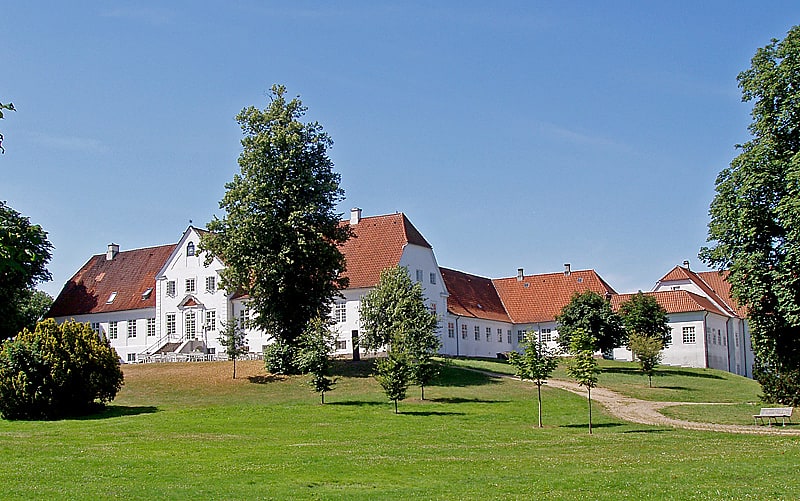
Also known as: Bygholm
Bygholm Castle is a former royal castle and manor house located just south of Horsens, Denmark. It traces its history back to 1313 but the current Baroque buildings date from 1775. Owned by Horsens Municipality, the main building is now run as a hotel while the associated land is a public park and used as fair grounds.[2]
Horsens Museum
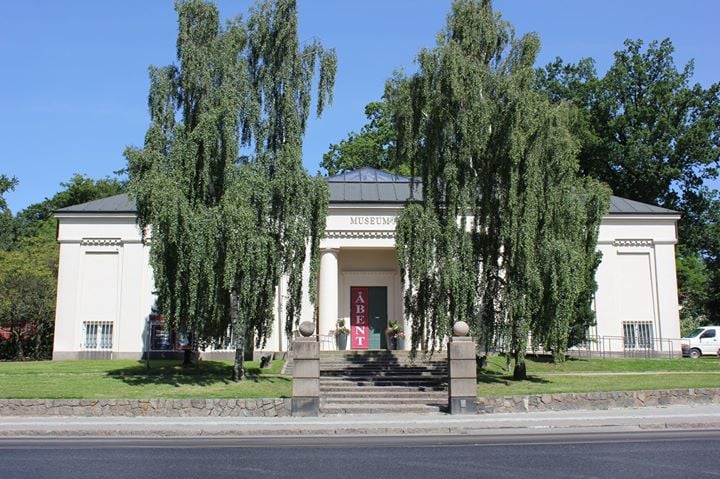
Natural history museum, Museum, History museum
Address: Sundvej 1A, 8700 Horsens
Horsens Kunstmuseum

Art museum, Museum
Address: Carolinelundsvej 2, 8700 Horsens
Danmarks Industrimuseum
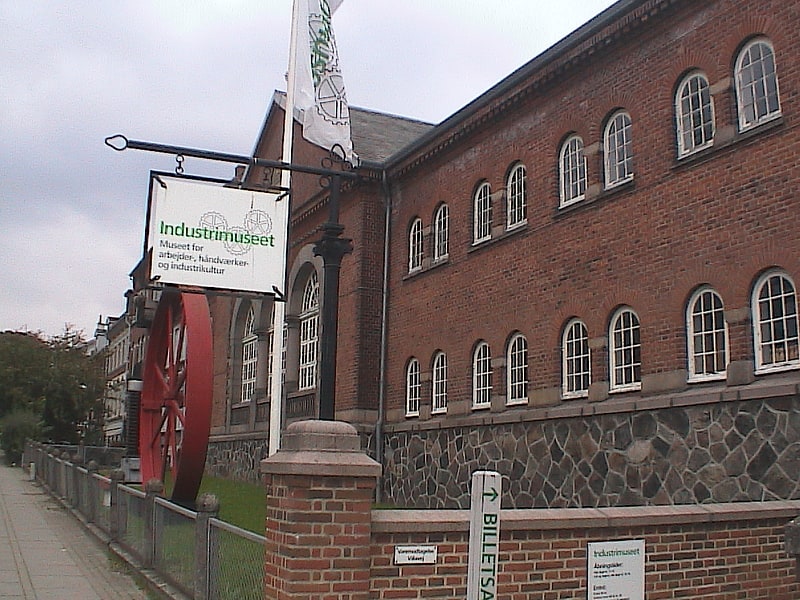
The Danish Industrial Museum is a technical museum located on the former electricity and gas works grounds in Horsens.
The museum was begun in 1975, opened in 1977 and recognised by the state in 1984. The museum's field of work is the culture of workers, craftsmen and industry after 1850.
The museum also houses Denmark's Nimbus Touring Motorcycle Museum, which exhibits motorcycles from the Danish manufacturer Nimbus.
Address: Gasvej 17, 8700 Horsens
Klosterkirken
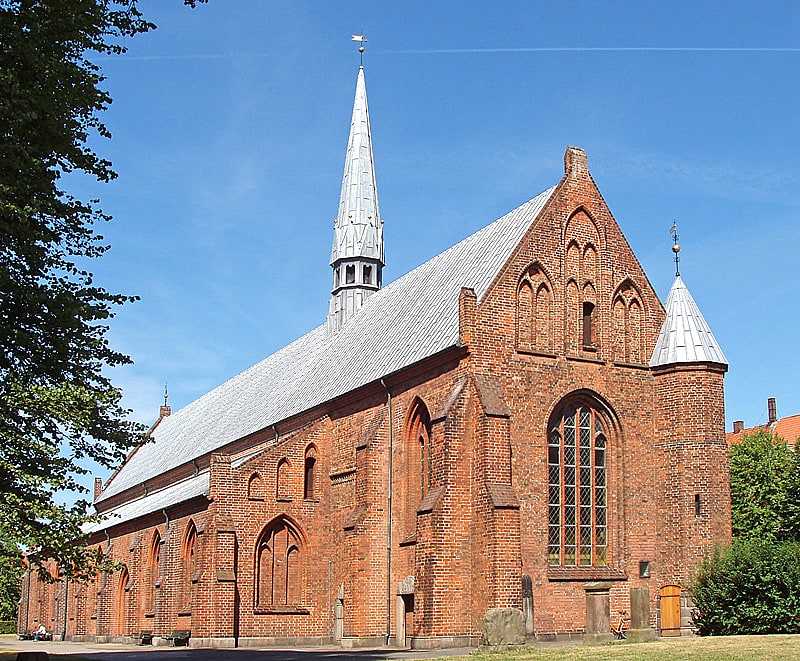
Horsens Klosterkirke was built between 1261 and 1275 and was the northern wing of the city's Franciscan monastery in the Middle Ages. The monastery was founded in 1261 by knight Niels Manderup of Barritskov. Several kings, Erik of Pomerania, Christian I and King Hans, have held meetings and court sessions in the monastery. After the Reformation, Frederik I entrusted it to the citizens of Horsens as a parish church.
The church is built of monks' stone. There are few remains of the oldest church, which consisted only of the nave and chancel - it was heavily rebuilt around 1400, when, among other things, the vaults in the chancel and the tricant staircase tower in the northeast corner were built. After the monastery fire in 1497, the side naves were built, as well as the vaults in the nave. The church is 46.5 m long, of which the choir is 19.7 m. The width of the nave is 17 m and that of the choir 7.5 m.
The church was thoroughly restored, or rather rebuilt, in 1888-92 by H.B. Storck and Hector Estrup. On that occasion the side naves were given separate roofs and the roof ridge was put up. In addition, windows were re-walled and made more regular.
Address: Borgergade 32, Horsens
Nimbus Museet
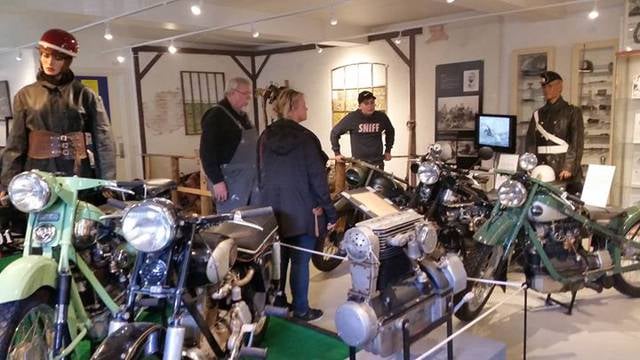
Specialty museum, Museum
Address: Gasvej 17/19, 8700 Horsens
Vor Frelser Kirke

Church
Address: Kippervig 4, 8700 Horsens
Boller Slot
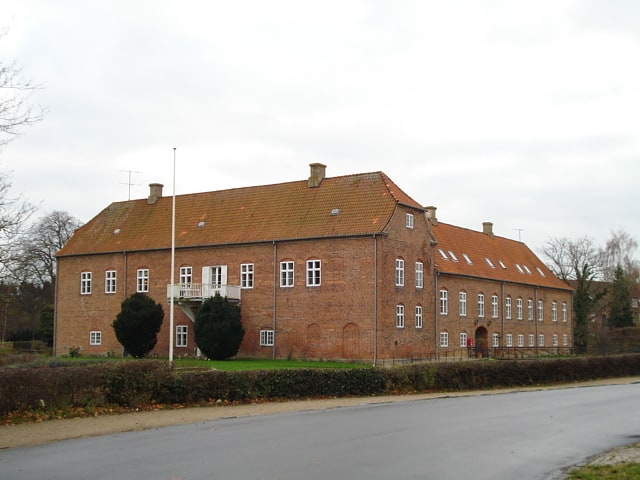
For alternative uses, see Boller.Boller Castle is an old seat farm, mentioned in 1350, when Otte Limbek writes to Boller. The farm was completely divested in 1937 and is located in Uth Sogn, Bjerre Herred, Horsens Municipality.
The present buildings are protected and were built by Holger Ottesen Rosenkrantz and his wife Karen Gyldenstierne in the years 1537-1588. The site has always been owned by powerful and wealthy families, which is why major renovations have regularly taken place to ensure that the buildings have been able to satisfy the changing demands of the times in terms of both fashion and comfort. In 1759-69, the largest rebuilding took place, including the removal of the castle's three towers.
The main building was sold to De Danske Sygekasser and converted into a convalescent home in 1931-1932. For many years the castle served as a nursing home, but it closed in 2012. In 2015, Peter Vognsen Nørgaard acquired the castle, and through a restoration converted the site into apartments and liberal professions.
The large park is open to the public during the summer. It is looked after by a garden association and contains many kinds of plants. The park contains several large and rare trees - including the common tulip tree, the common plane tree and the Kalopanax, as well as one of Denmark's oldest standing oaks, the Margretheegen.
Google Maps pin
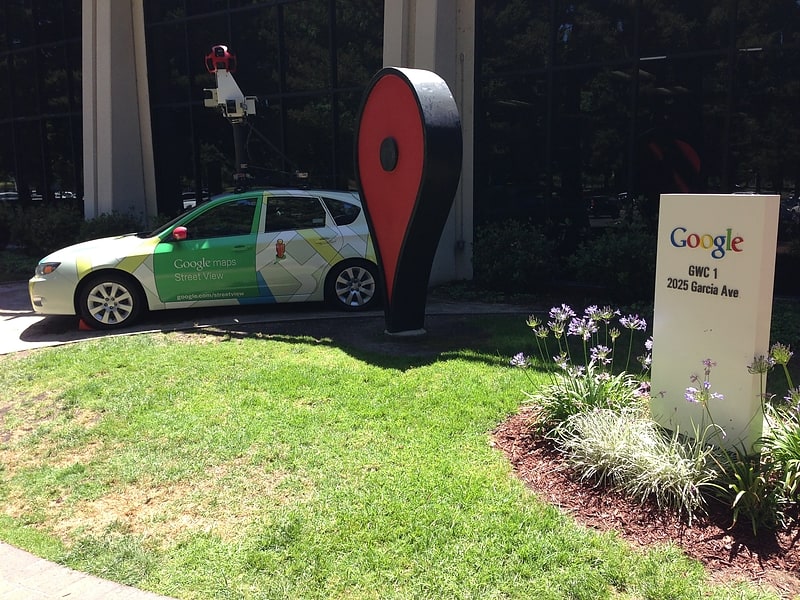
The Google Maps pin is the inverted-drop-shaped icon that marks locations in Google Maps. The pin is protected under a U.S. design patent as "teardrop-shaped marker icon including a shadow". Google has used the pin in various graphics, games, and promotional materials.
The pin, sometimes referred to as "the marker", has been widely co-opted by other companies, organizations, and individuals for their own marketing efforts, artwork, and activism. In both digital and physical representations, the pin is often used to symbolize mapping software and the technology industry as a whole.
The Google Maps pin has been called "a product of pure function that has evolved into a cultural phenomenon" and "a solution that would take on a life of its own, recognizable enough to stick up for itself in the art and design projects of others". "Looking like a hot air balloon in flight, this marker has landed squarely in the middle of our visual culture".
In 2014, the Museum of Modern Art acquired a physical representation of the Google Maps pin for its permanent collection. In 2020, the pin icon became the official logo of Google Maps.[3]
Vestergade

Bridge
Address: Vestergade 99, Horsens